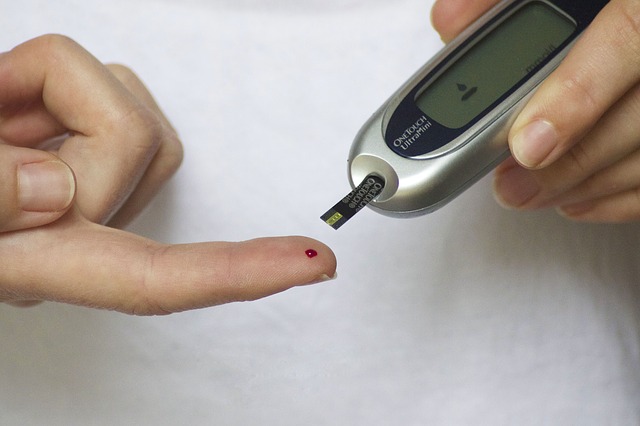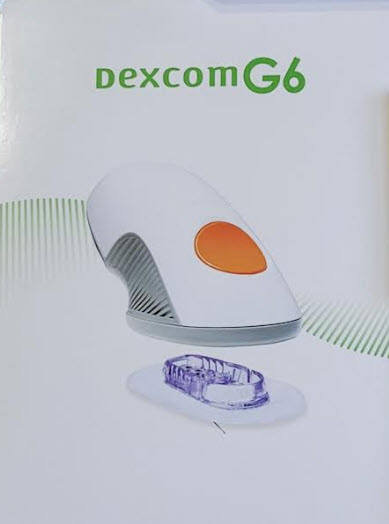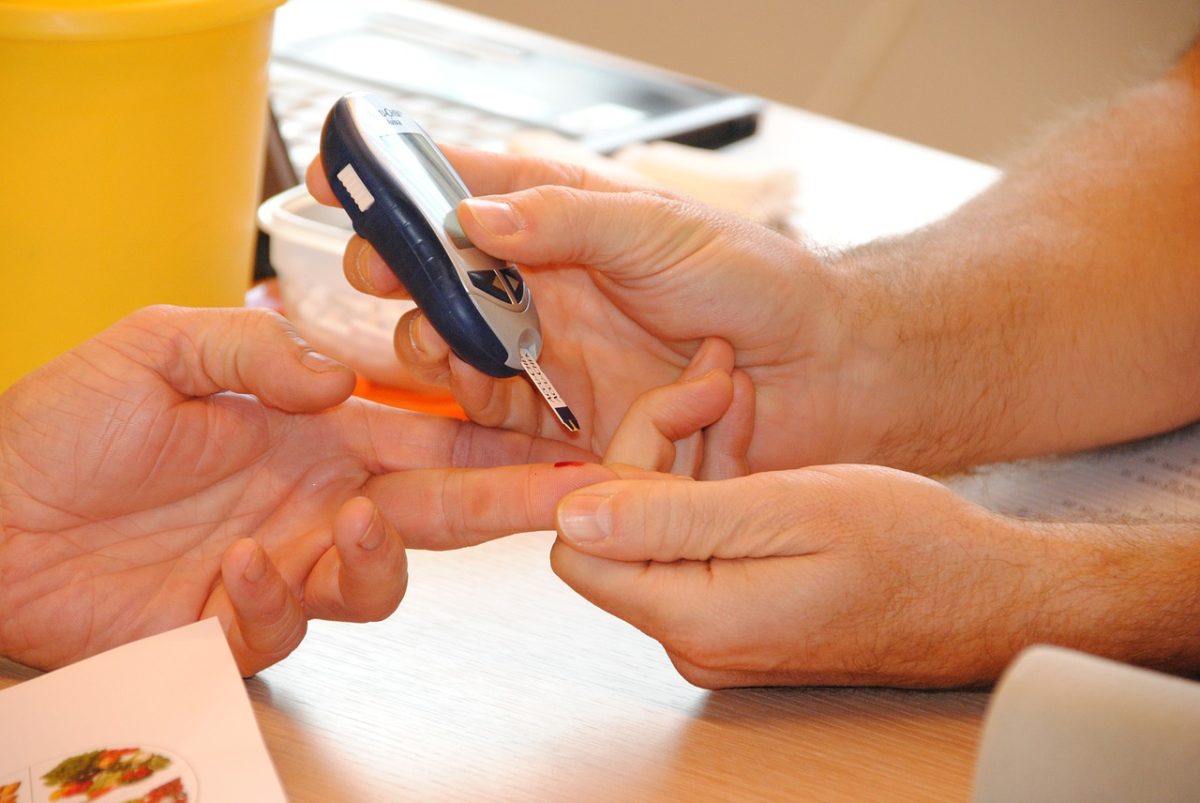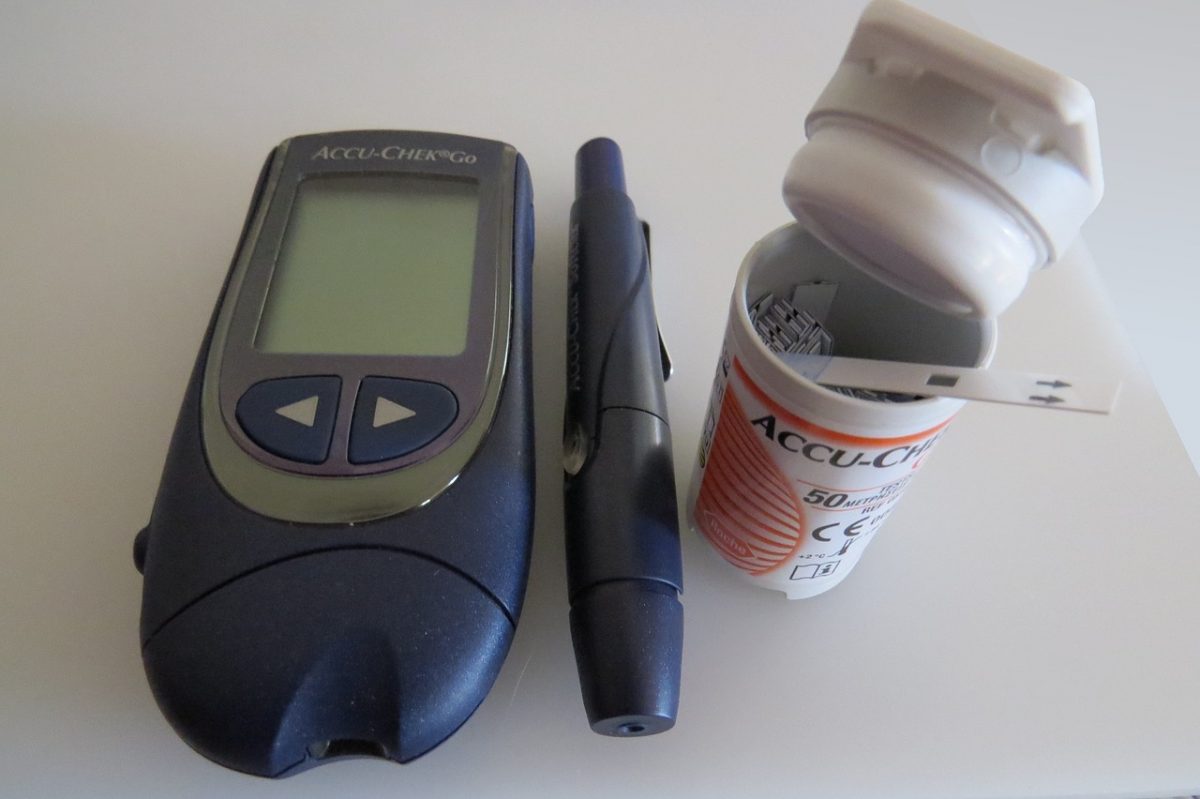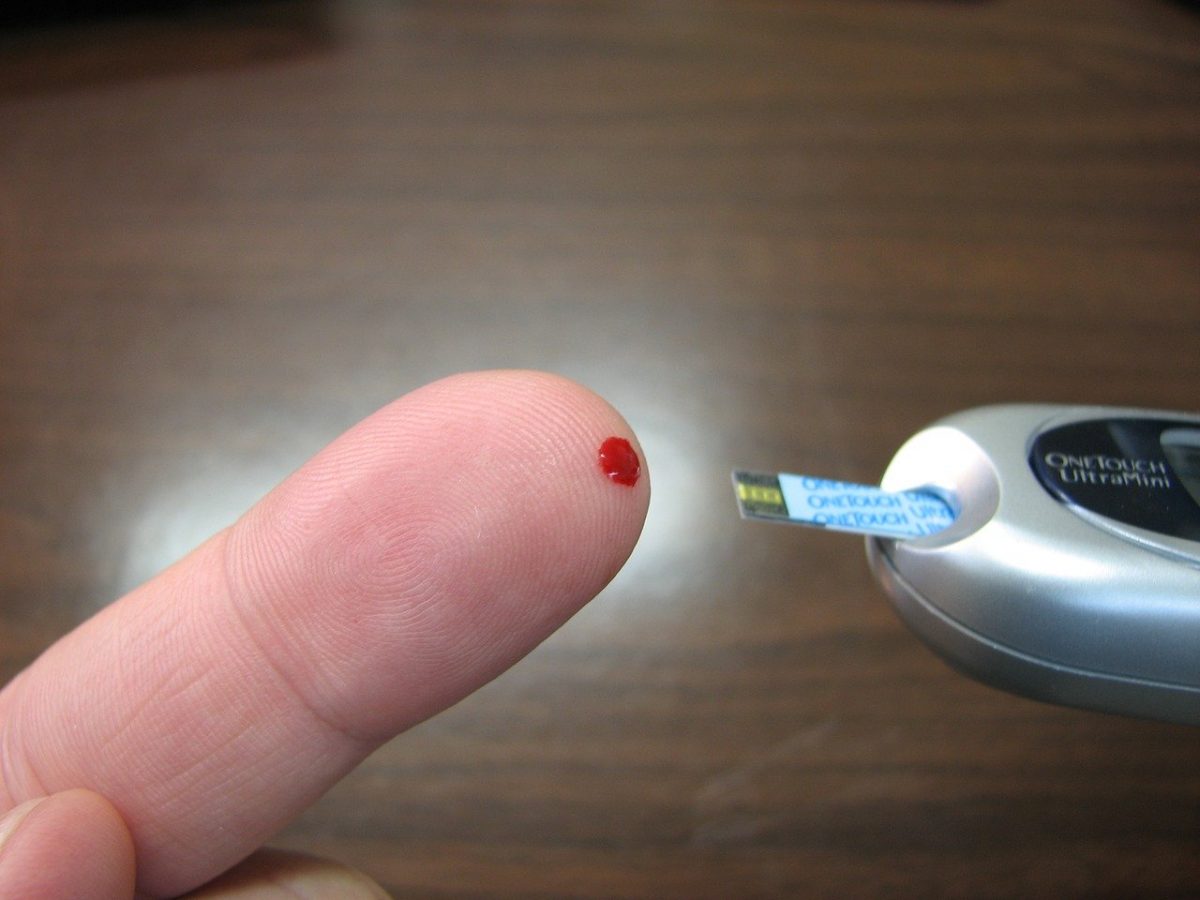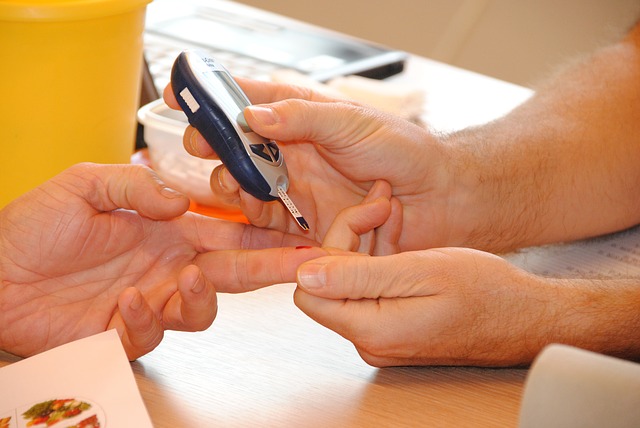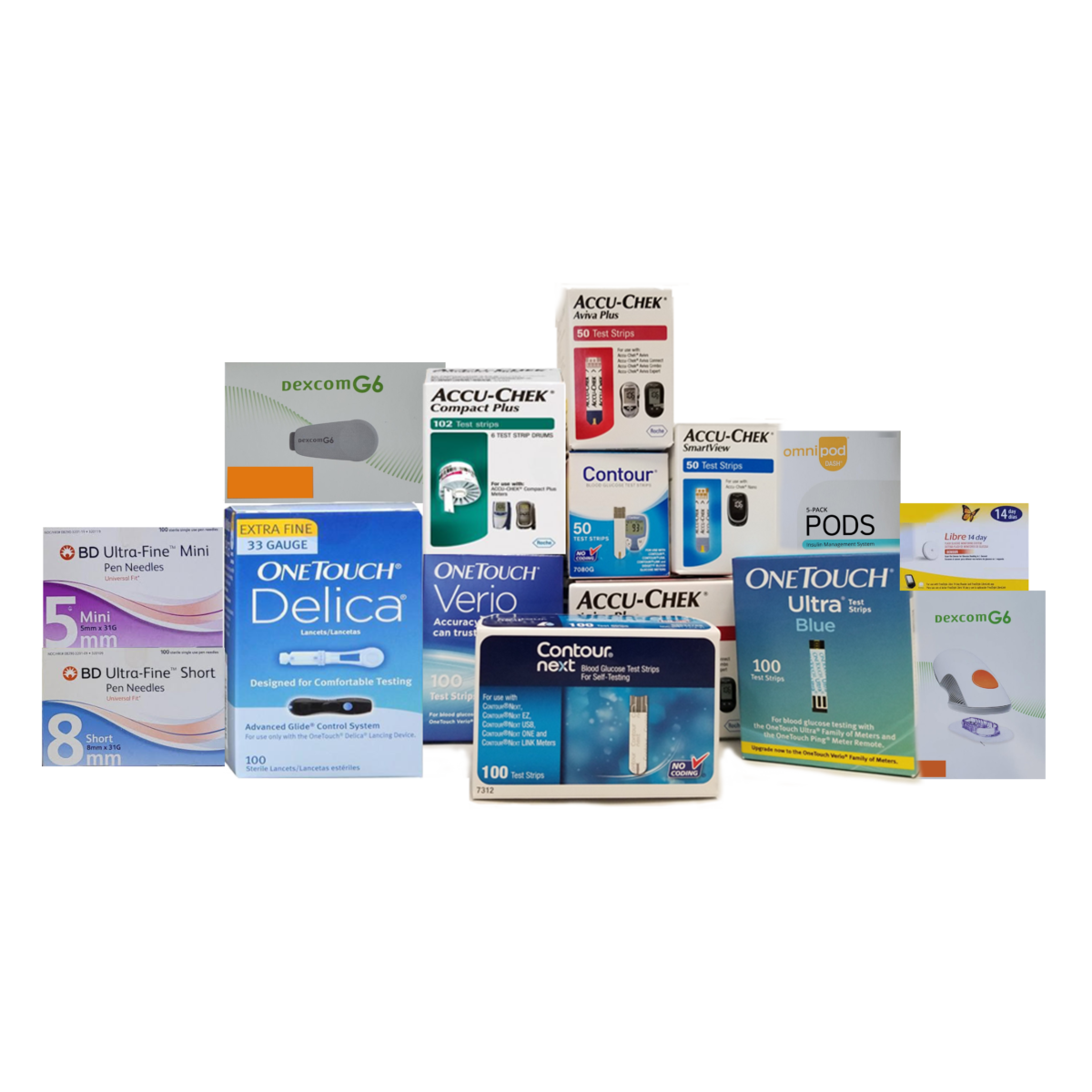Test strips are a necessary part of a multi-step process for monitoring and managing diabetes. With daily monitoring using test strips and a glucose monitor, healthy eating and lifestyle changes, the toll the disease takes on the body can be minimized or delayed.
A Medical Device
Test strips are small but powerful medical devices that are combined with a glucose monitor to measure the amount of sugar in the bloodstream. A high reading by the glucose monitor indicates that insulin needs to be administered. If the reading is too low, it’s an indication that an individual needs to eat something to increase glucose to an optimal level.
The Role of Glucose
The body uses glucose to fuel itself and provide the energy to walk, run and perform ordinary activities. Glucose levels that are too low cause symptoms that can include shakiness, confusion, rapid heartbeat, dizziness, and can lead to coma.
The symptoms of glucose levels that are too high include blurred vision, tiredness, irritability, and excessive thirst and urination along with coma Test strips and a glucose monitor are used to keep track of how high or low glucose levels are throughout the day.
Health Complications
Test strips provide the information individuals need to minimize and delay diabetes related complications ranging from heart and kidney disease to nerve and blood vessel damage, along with the potential for amputation. The disease also takes a toll on mental health. There are dozens of decisions each day about what to consume, how much and when. There’s a considerable amount of worry, anxiety and even fear that comes along with being diagnosed as diabetic.
Control is Key
Diet, exercise, lifestyle changes and glucose level monitoring are all steps in controlling the disease. There’s no cure for diabetes, but the measures individuals take after they’ve been diagnosed will have an impact on their future health and wellbeing, both physically and mentally. Test strips are an integral part of diabetic health and wellbeing.
We Buy Unused Diabetic Test Strips and Supplies
If you would like to find out about earning cash for your unwanted, unused, and boxed test strips, complete our online quote form today.
If you have extra, unopened and unused boxes of diabetic test strips – whether you have switched brands, no longer need to test or test less frequently, or have a loved one who has passed away – don’t let them gather dust until they’ve expired and end up in the trash. We’re the best place to sell diabetic test strips online, and if you want to sell your test strips, we’re here to make the process easy and enjoyable!
Visit us at Sell Your Test Strips and get your free quote today!

